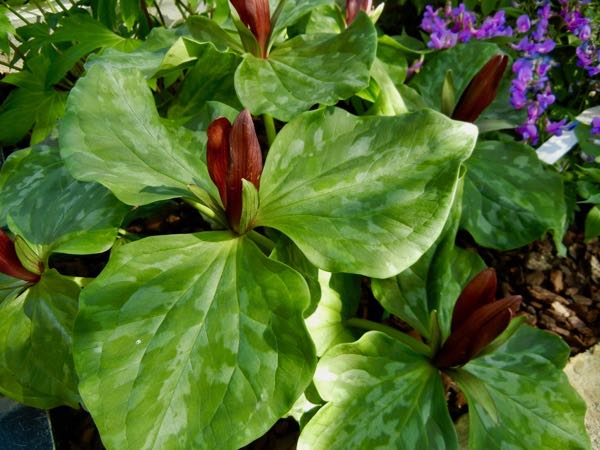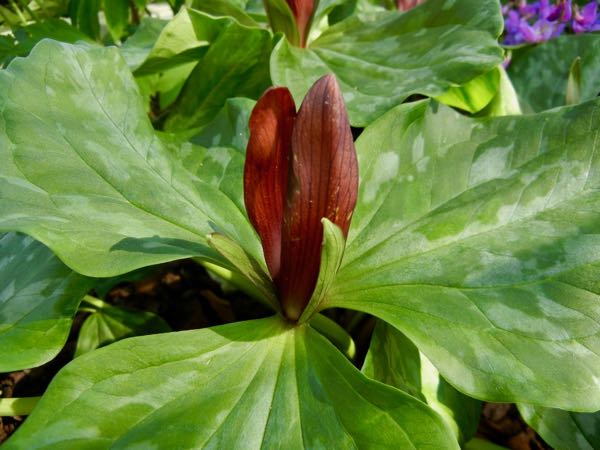Trillium chloropetalum: Embracing the Majesty of the Giant Trillium
Trillium chloropetalum, a captivating herbaceous perennial belonging to the Melanthiaceae family, boasts a myriad of names that reflect its significance and beauty. Commonly referred to as the Giant Trillium, Common Trillium, Wood Lily, Trinity Flower, Giant Wake Robin, or Giant Wakerobin, this magnificent plant adds an enchanting allure to its native habitats in the Western United States, particularly in California. The name “chloropetalum” highlights the plant’s striking floral feature, as it translates to “green petals.”
Forming clumps and exhibiting a spreading growth habit, Trillium chloropetalum thrives in shady woodlands, where it effortlessly harmonizes with the dappled sunlight that filters through the canopy above. Reaching a height of approximately 18 inches or 45 centimeters, this species commands attention with its majestic presence.
Flowering and Foliage:
Trillium chloropetalum graces the landscape with its remarkable blooms from February to April, providing a captivating display that draws the admiration of all who encounter it. The flowers exhibit a diverse range of colors, ranging from deep red hues to delicate shades of white. An intriguing characteristic of Trillium chloropetalum is its arrangement of foliage and flowers in groups of three, showcasing perfect symmetry in nature’s design. The leaves are lustrous, with an egg-shaped form, displaying shades of green and subtle mottling that adds visual interest to the overall composition.
Growth Cycle:
In tune with the seasonal rhythms of its habitat, Trillium chloropetalum undergoes a dormant period during the summer months, conserving energy beneath the earth’s surface. As spring arrives, the plant reawakens, signaling the start of a new growth cycle that culminates in the emergence of its captivating blooms.

Cultivation Tips for Trillium chloropetalum:
To successfully cultivate Trillium chloropetalum, follow these guidelines:
Light and Soil: Optimal growth for Trillium chloropetalum occurs in shaded or partially shaded locations, emulating its natural woodland habitat. Ensure the soil is moist, humus-rich, and well-drained, providing the ideal foundation for this majestic plant to thrive. It favors acidic to neutral soil conditions.
Propagation: While Trillium chloropetalum can be propagated from seeds, it requires patience, as it may take up to three years for the plant to reach flowering maturity. Alternatively, propagation through rhizomes and divisions offers a more efficient method to expand your Trillium collection.
Establishment and Care: Once well-established, Trillium chloropetalum demonstrates excellent drought resistance, requiring minimal supplemental watering. While generally disease-free, it is prudent to remain vigilant for common garden pests such as slugs and snails, which may occasionally cause damage. It is essential to handle Trillium chloropetalum with care, as it contains toxic compounds that can be harmful if ingested by humans.
Trillium chloropetalum‘s impressive stature, captivating flowers, and meticulous cultivation requirements make it a treasured addition to any shaded woodland garden. Embrace the majesty of this magnificent species and savor the enchanting presence of the Giant Trillium, as it adds a touch of natural grandeur to your outdoor sanctuary.

Also, you may enjoy ready about Trillium ovatum



